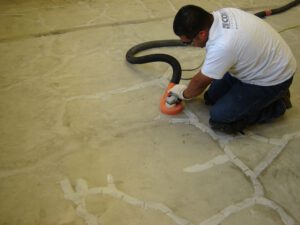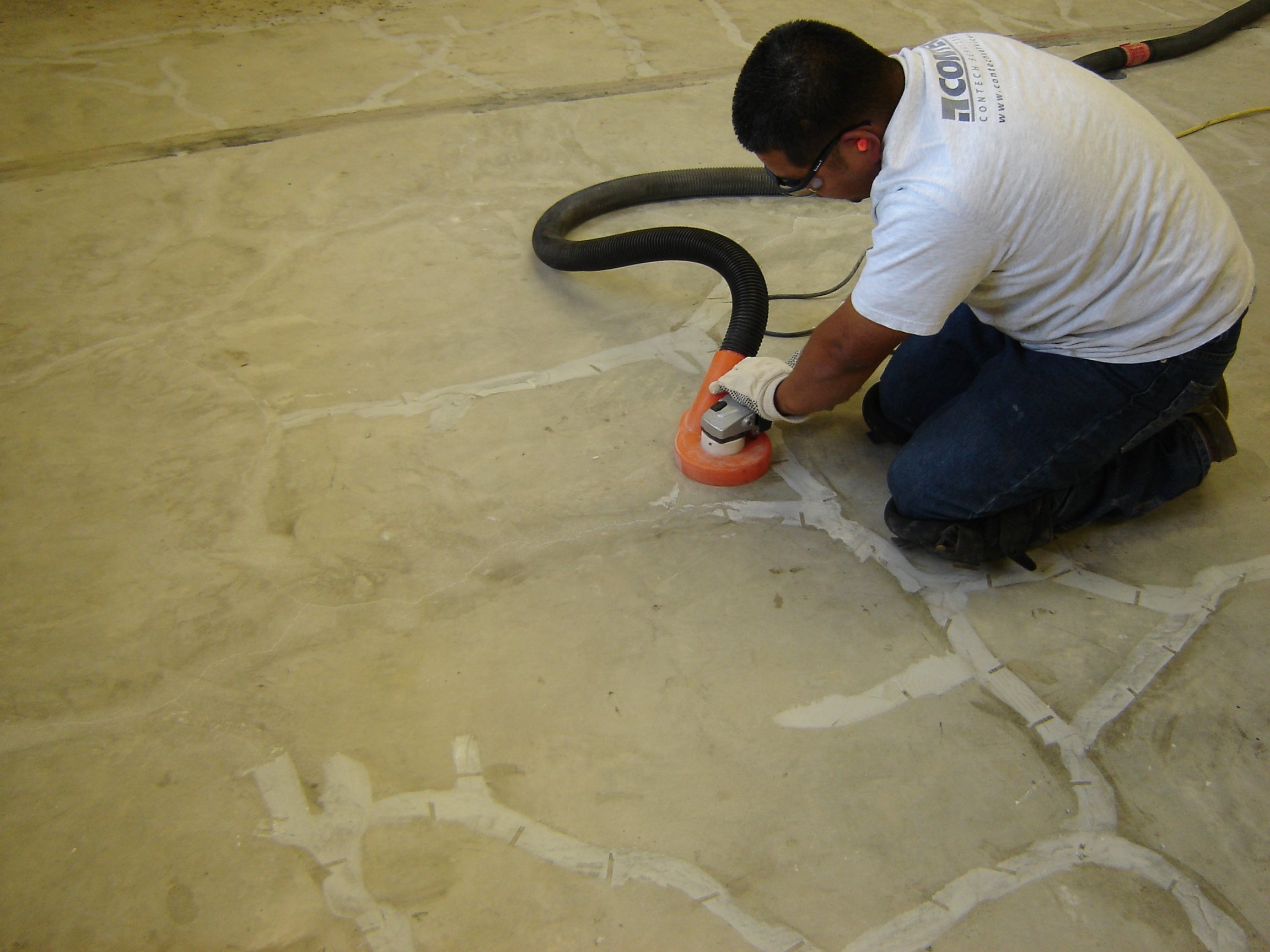Concrete is a common building material. But it can also be a big headache when it starts to wear and tear.
In order to avoid costly and time-consuming replacements, Concrete Repair Cincinnati is often a viable option. But this decision depends on an intelligent evaluation of the cause and severity of damage, the type of repair needed, the ability to accomplish it correctly, the availability of time to complete the repair, and cost comparisons of repair versus replacement.
Concrete cracks are the result of a variety of causes, from normal shrinkage during the process of hardening and drying to a lack of proper reinforcement. Regardless of the cause, it is important to know the status of any cracks in order to properly select an appropriate repair material and procedure.
The first step in repairing any cracks is to clean the area of debris, dirt, and dust. This will ensure the repair materials adhere well to the surface of the concrete, which will prevent them from backing out in the future.
Next, chisel out the crack to create a backward-angled cut that will help the repair material adhere better to the main body of concrete. This will also give the repair material a wider surface area, which will increase its strength.
Once the crack is completely cleaned and chiseled out, you can fill it with a repair material. You can use a variety of materials, but one of the most common is a polyurethane or epoxy-based product. These types of products are designed to bond well to concrete, provide a strong bond, and prevent water intrusion from occurring.
After the repair is complete, it is important to re-situate any reinforcing steel that may have been exposed in the crack. If this is not done, the repair may have a detrimental effect on the structure and will require more expensive repairs later on.
In some cases, a specialized concrete repair technique called stitching can be used to repair cracks that have not been repaired properly. Stitching involves drilling holes on both sides of the crack and grouting in U-shaped metal units with short legs (staples or stitching dogs) that span the crack.
Early-age cracking is a common problem for concrete structures that have been exposed to thermal contraction or drying shrinkage. The cracks may be small, but they can cause a lot of damage to the structure as they are a passageway for materials and water to enter the structure.
This can be especially true if the structure is exposed to extreme weather conditions or other environmental hazards. For this reason, it is important to have these cracks repaired quickly and professionally to extend the life of a structure.
Loose aggregate is a common problem for concrete repair. These small stones break away during the course of construction and can be found on paved surfaces such as roads or parking lots. They are not only unsightly, but they also present a potential hazard to both motorists and pedestrians.
To address this issue, a patch is required to fill the voids created by these loose aggregates. This will prevent the damage from spreading and allow you to restore the appearance of the surface layer of the concrete slab.
The type of material used to fill the voids depends on the situation. In the case of a concrete slab, sand is usually used to fill the gaps. Other types of materials include gravel, coarse sand, crushed stone, and manufactured aggregate.
When you purchase loose aggregate, make sure that it is in a sealed bag so that it does not dry out and become moldy. If it does, this can interfere with the ability of the repair material to set properly and cause a bad finish.
It is also important to check the density of the aggregate you choose. Most aggregates are categorized by their relative density (specific gravity) and bulk density. The bulk density of most aggregates is between 1200 and 1750 kg/m3 (75 and 110 lb/ft3).
